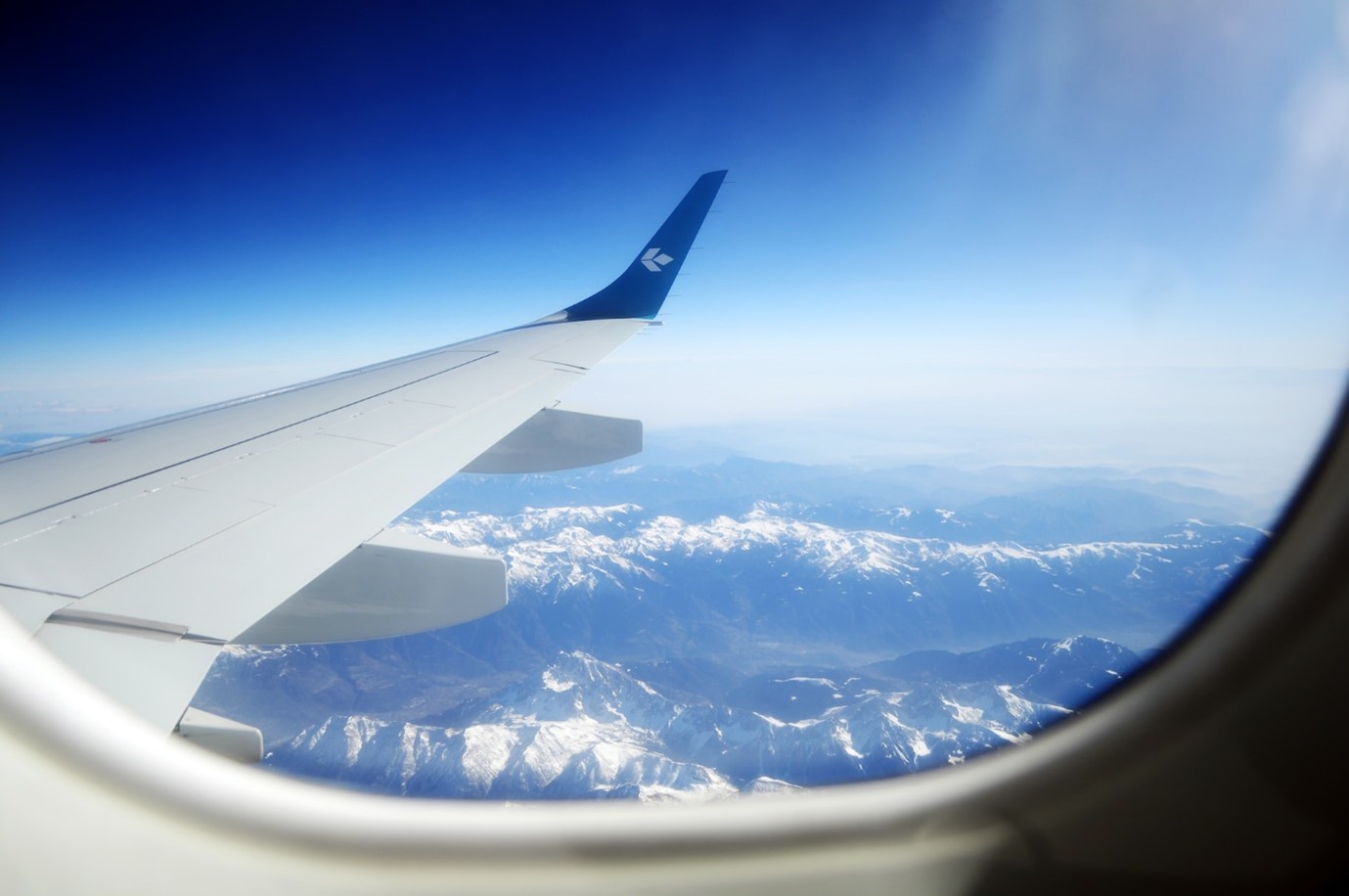How to Combat Your Fear of Flying
Aviophobia (a fear of flying) is a common problem faced by many people across the UK. If this is something you experience, you shouldn’t let your fear prevent you from missing out on fun holidays, important life events, and work trips. Here are several ways you can conquer your fear of flying so you can fly with confidence.
Educate Yourself
The best way to fight your fear of flying is to educate yourself. Learn about the different functions of a plane, what happens to a plane during turbulence, and the strange sounds you might hear. Watch videos of what take-off and landing is like and educate yourself about cabin pressure and what goes on during flights.
Even though a flight attendant will go through the pre-flight safety instructions before take-off, read about them before you go on your journey so you’ll feel more prepared. By demystifying planes and flying, you can start to ease your anxiety.
Take an Airline Course
Some airlines are now offering courses to passengers with aviophobia. Easyjet’s Fearless Flyer program starts with virtual classes, a Zoom meeting with the pilots, and leads up to an “experience flight”. Virgin Atlantic has teamed up with LoveFly, which offers 30-day courses, webinars, and face-to-face courses. British Airways’ Flying with Confidence program offers multiple courses, including a full day of in-person seminars with a psychologist, the cabin crew, and pilots, and a flight on a BA jet.
Speak to a Therapist to Understand Your Trigger
You may find that your anxiety is bad enough that you’ll need to speak to a professional who specialises in aviophobia. They’ll help you to understand what it is about flying that causes you to feel anxious, such as strange noises, turbulence, claustrophobia (a fear of confined spaces), germaphobia (a fear of germs), acrophobia (a fear of heights), or a lack of control. You may not even fear flying, but something else associated with flying. Everyone has their own triggers, and understanding them is the key to overcoming them.
A licenced therapist may be able to provide you with therapeutic techniques to address your fears. As with overcoming any fear, it’s about taking steps to come to terms with it and find the right coping mechanisms for you. For example, if you’re worried about germs, you can read about how the ventilation systems on planes work, wear a mask during the flight, and bring hand gel and wipes with you.
If you’re worried about not being in control, try focusing on the things you do have control over, like choosing which kind of travel insurance to get, deciding what to take in your carry-on bag, arriving at the airport early, choosing priority boarding, and picking your seat.
Start by Taking Shorter Flights
Take baby steps to address your fear of flying. Start by going to the airport and watching the planes land and take off, then watch videos of pilots flying planes. Expose yourself to it little by little, until you feel comfortable enough to take a flight. You can begin with taking a short one-hour flight, then taking connecting flights with layovers, and finally traveling long-haul flights.
Tell the Flight Attendants
Flight attendants take regular safety courses and will be able to help you with your anxiety. Inform them that you’re a nervous flyer and they will check on you during the flight and provide you with reassurances. Don’t forget that flight attendants fly constantly, yet they always look relaxed and calm.
Pick the Right Seat
If the airline allows it, pick your seat online when you book. If turbulence makes you nervous, sit near a wing or at the front; you’ll still be affected by turbulence, but not as badly if you were to sit at the back of the plane.
If you’re claustrophobic or have a fear of heights, chose a bulkhead seat or a seat in the exit row to allow you to have more legroom. You could choose a window seat so you can see outside, or pick an aisle seat so that you can get up and stretch your legs more often without disturbing your seatmates. Pick whichever seat makes you the most comfortable.
Bring Distractions and Home Comforts
You’ll be more anxious and stressed if you’re focusing on the flight, so bring plenty of distractions with you to help you pass the time. Pack some books, puzzles, video games, and download movies onto your tablet or phone.
Bring some things that will make you more comfortable during longer flights, such as an eye mask and ear plugs to help you sleep. The earplugs will also help with the ear popping sensation when the cabin pressure changes during take-off and landing.
Dress Comfortably
You’re going to be spending a lot of the time sitting with limited leg room. Prepare for your flight by dressing comfortably. A suit or jeans may look nice, but you’re not going to be able to relax if you’re feeling restricted by your clothing. Instead, opt for a pair of sweatpants, a hoodie, and compression socks. Wear layers so you can add or remove them depending on the temperature.
Drink Water and Eat Well
If you’re a nervous flyer, one of the best ways you can prepare for a flight is by eating a proper meal beforehand and staying hydrated. It’s tempting to snack on junk food, especially when you’re anxious, but eating salty and sugary snacks can exacerbate your anxiety. You should also avoid caffeine, alcohol, and energy drinks. Instead, bring a refillable water bottle with you.

